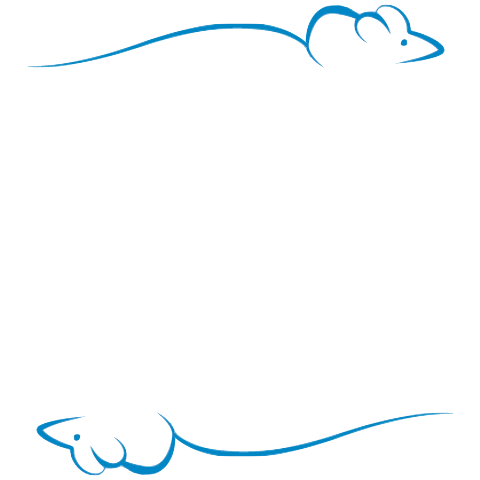GMC03: Dysmorphology and SHIRPA behavioral and neuromuscular assessment in 8 inbred founder strains of the Collaborative Cross (2020)
Kollmus H, Fuchs H, Lengger C, Haselimashhadi H, Bogue MA, Östereicher MA, Horsch M, Adler T, Aguilar-Pimentel JA, Amarie OV, Becker L, Beckers J, Calzada-Wack J, Garrett L, Hans W, Hölter SM, Klein-Rodewald T, Maier H, Mayer-Kuckuk P, Miller G, Moreth K, Neff F, Rathkolb B, Rácz I, Rozman J, Spielmann N, Treise I, Busch D, Graw J, Klopstock T, Wolf E, Wurst W, Yildirim AÖ, Mason J, Torres A, Mouse Phenome Database Team., Balling R, Mehaan T, Gailus-Durner V, Schughart K, Hrabě de Angelis M. A comprehensive and comparative phenotypic analysis of the collaborative founder strains identifies new and known phenotypes.
Mamm Genome. 2020 Feb;31(1-2):30-48. doi: 10.1007/s00335-020-09827-3. Epub 2020 Feb 14.
List all GMC measures
Experimental groups in this study:
Procedures conducted:
| Behavior, and neurosensory responses (SHIRPA protocol). |
• Download GMC03 project data set animal data, as uploaded
• Download GMC03 animal data matrix with factor-related expansion applied as necessary
• Download GMC03 strain means, SD, N, etc. one row per strain/sex/measure
• GMC03 supplementary data
| Institutional authorship |
German Mouse Clinic and Department of Infection Genetics, HZI
|
| Investigators |
GMC Management Team German Mouse Clinic, Neuherberg GERMANY |
| Participants | Hrabě de Angelis M, Fuchs H, Gailus-Durner V, Becker L, Klopstock T, Hans W, Lengger C, Kollmus H, Schughart K |
| Contact | GMC Management Team coregmc@helmholtz-muenchen.de
|
| Affiliated Center | German Mouse Clinic (GMC) |
| Acknowledgements | Funding provided by German Ministry of Education and Research (Infrafrontier Grant 01KX1012) to GMC and by intramural grants from the Helmholtz Association (Program Infection and Immunity) to KS |
| Phenotype strain survey data set | |
| MPD identifiers | GMC03 MPD:552 |
| No updates/corrections. Initial release date: 02/2020. | |
|
Click above to copy-paste the entire citation for this MPD web page. |
